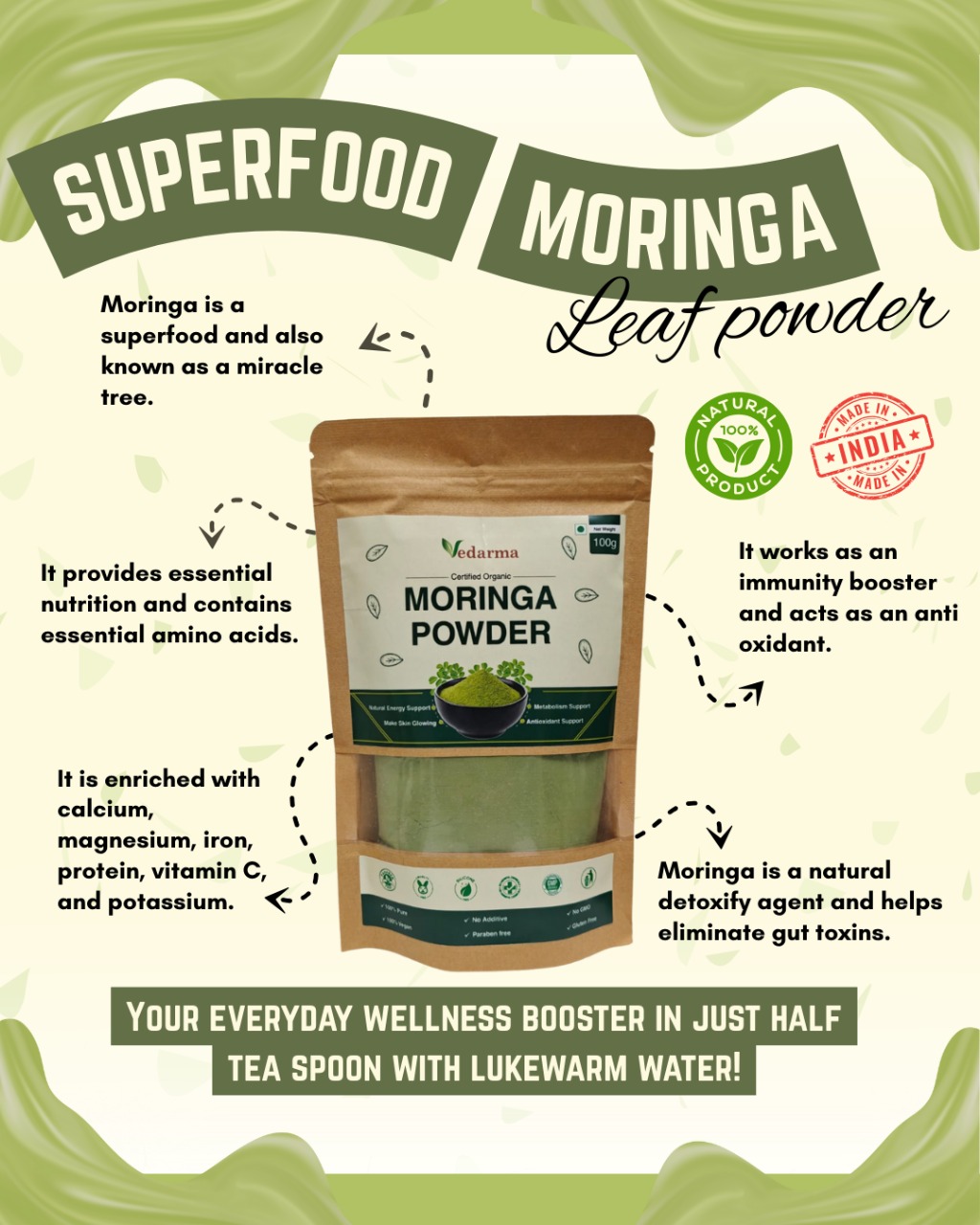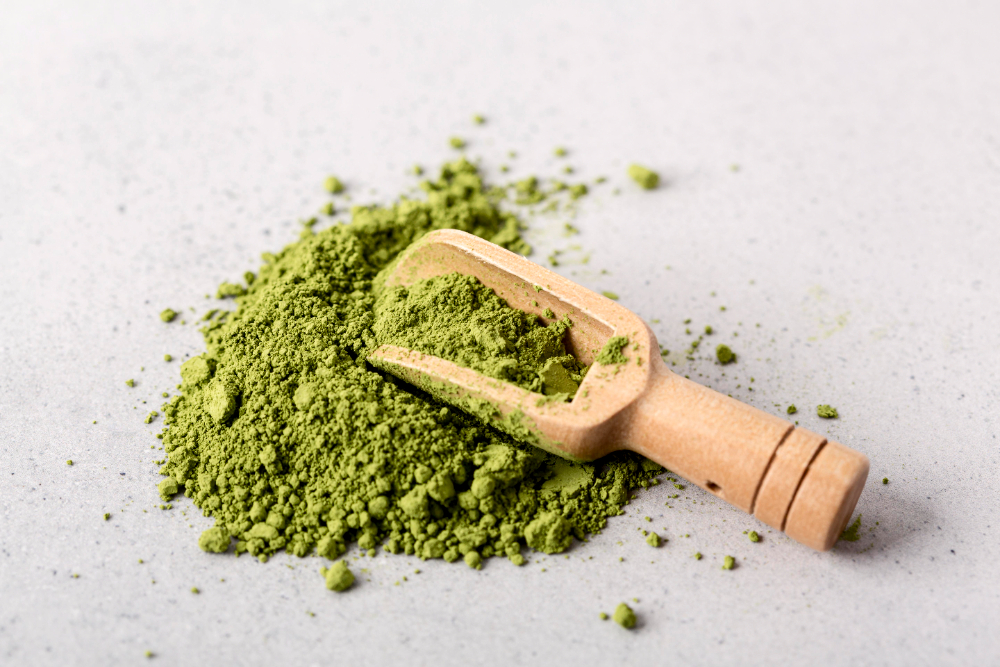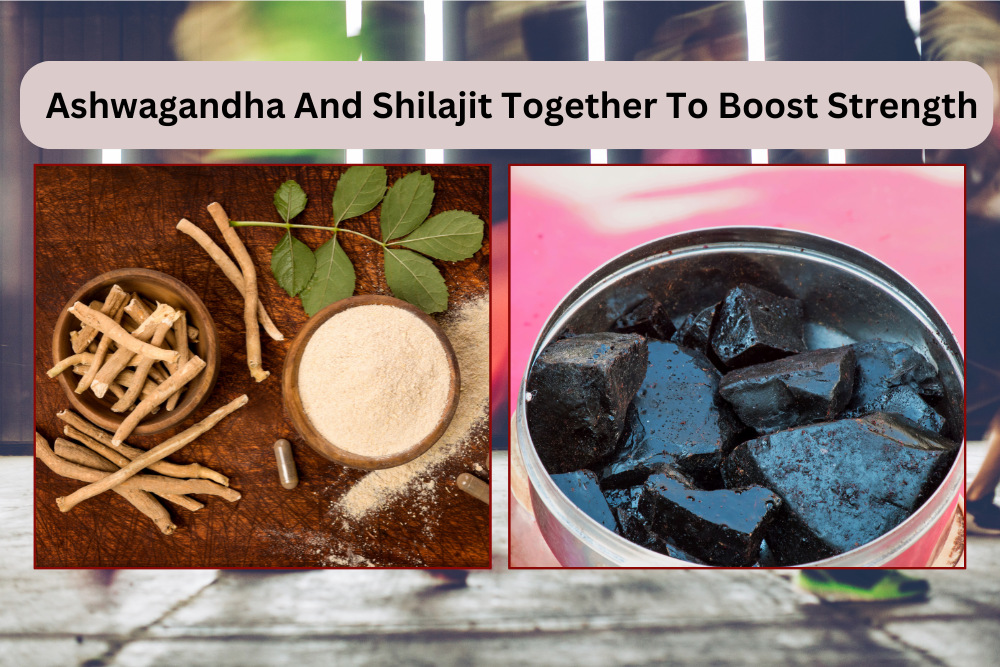Simple Ayurvedic Tips for Sciatica Pain Relief : Causes, Remedies.

Sciatica is a nerve pain that travels from the lower back down through the hips, buttocks, and legs, often making it hard to manage and live pain-free. Instead of merely masking the pain, Ayurveda—India’s ancient holistic healing system—offers natural methods to manage sciatica pain by addressing the root cause. By adopting Ayurvedic lifestyle practices, you can not only find relief but also prevent future pain. Here’s a guide with easy Ayurvedic tips to help manage and alleviate sciatica pain.
1. Maintain Good Posture

Good posture can play a big role in sciatica pain relief. Sitting or standing incorrectly puts pressure on the lower back, intensifying pain along the sciatic nerve. Here’s how to keep your posture in check:
– Sit up straight: Keep your back straight, shoulders relaxed, and feet flat on the floor. Avoid crossing your legs as it adds unnecessary strain to your hips and lower back.
– Take breaks often: For those who sit at a desk for long periods, take a break every hour to stand, stretch, or walk.
– Use a chair with good back support: A chair that supports the lower back helps the spine maintain its natural shape, reducing stress on the sciatic nerve.
Improving your posture can relieve pressure on the sciatic nerve, easing the pain and preventing flare-ups.
2. Stay Active with Gentle Exercises

In Ayurveda, staying active is key to maintaining flexibility and muscle strength, which supports the lower back and helps ease sciatic pain. Choose gentle exercises to avoid additional strain on the back:
– Walking: A short daily walk improves circulation and flexibility, providing natural pain relief.
– Yoga Poses: Ayurveda and Yoga work hand-in-hand, especially in managing pain. Gentle yoga stretches, like the Cat-Cow Pose, Cobra Pose, and Pigeon Pose, relieve tension in the lower back and hips, reducing sciatic pain.
Staying active and maintaining a healthy weight also helps to reduce strain on the sciatic nerve, preventing pain.
3. Follow a Vata-Balancing Routine
Ayurveda links sciatica to an imbalance in the Vata dosha, which brings dryness, coldness, and tightness into the body. Following a Vata-balancing routine can relieve sciatica pain and keep it under control. Here’s how:
– Eat warm, nourishing meals: Include foods like soups, stews, and cooked vegetables, which are easy on digestion and help balance Vata.
– Drink warm herbal teas: Ginger and chamomile teas are both soothing and help relax muscles, reducing sciatic nerve pain.
– Avoid cold and dry foods: Cold foods, raw vegetables, and crunchy snacks can worsen Vata. Reducing these helps relieve sciatica pain.
A regular, balanced meal routine also keeps Vata in check and prevents discomfort in the lower back and legs.
Suggested Read: Understanding the Tridosha Theory, Triguna in Ayurveda & How to Balance Them
4. Practice Ayurvedic Relaxation Techniques
Ayurveda emphasizes the importance of mental calmness to relieve nerve pain. Stress can contribute to muscle tension, so daily relaxation techniques can ease discomfort:
– Breathing Exercises (Pranayama): Deep breathing calms the mind and relaxes muscles, relieving sciatic pain.
– Meditation: Spending just a few minutes each day in meditation can reduce stress, lower pain, and support overall well-being.
– Visualization: Imagine warmth and comfort flowing into painful areas. Visualization is a gentle technique to help relieve nerve pain naturally.
Relaxation, as per Ayurveda, calms the mind and body, reducing sciatica discomfort.
Suggested Read: 6 Effective Ways to Strengthen Your Joints and Improve Mobility
5. Keep Warm for Relief
Warmth can balance Vata and ease pain in the lower back, hips, and legs. Applying warmth to painful areas is a simple but effective home remedy for sciatica:
– Heating Pad: Applying a heating pad to painful areas for 15–20 minutes can relieve sciatica discomfort.
– Warm Oil Massage: Gently massaging warm oil, like sesame oil, on painful areas provides warmth and relaxes muscles, reducing sciatica pain.
– Keep Feet Warm: Cold feet can worsen Vata, so wearing warm socks is essential, especially in cool weather.
Ayurvedic Herbs for Sciatica Pain
Pain Sutra Ayurvedic Pain Relief Oil – Natural Pain Relief Solution
Soothe aching muscles, joints, and inflammation with the power of nature’s finest herb
Ayurveda offers herbal remedies known for their anti-inflammatory properties, which can help relieve sciatica:
Gandhpura Oil: Relieves joint and muscle pain with potent anti-inflammatory properties.
Kapura: Soothes sore muscles, reduces inflammation, and accelerates recovery.
Nilgiri Oil: Cools the body, relieves pain, and aids in respiratory issues.
Turpentine Oil: Penetrates deeply to alleviate muscle stiffness and joint discomfort.
Arandi Oil: Improves circulation, reduces inflammation, and provides effective pain relief.
Til Oil: Nourishes the skin, enhances absorption, and soothes muscles.
Ajowan Oil: Provides warmth and relief for joint pain, especially beneficial for arthritis.
Lemongrass Oil: Reduces pain and swelling while uplifting the mood.
Pudina Phool: Cools and alleviates headaches, muscle tension, and soreness.
Flaxseed Oil: Supports joint health, reduces inflammation, and aids in recovery.
These herbs can be found in powder, capsule, or oil form. They’re also effective when mixed with massage oils for sciatica pain relief.
Vedarma Pain Sutra Ayurvedic Pain Relief Oil for Sciatica
For those looking for a targeted, Ayurvedic oil for sciatica pain, Vedarma Pain Sutra Oil combines Ayurvedic herbs specifically for nerve and muscle pain:
– Nilgiri Oil (Eucalyptus): Known for its anti-inflammatory effects, eucalyptus helps to ease muscle pain.
– Gandhpura Oil (Wintergreen): This herb is effective in reducing pain and relaxing muscles.
– Til Oil (Sesame Oil): Often used as a base in Ayurvedic oils, sesame oil penetrates deeply, carrying other healing ingredients into the skin.
How to Use Vedarma Pain Sutra Oil
For best results, apply Vedarma Pain Sutra Oil using these steps:
1. Warm the Oil: Pour a small amount into a bowl and warm it slightly for deeper relief.
2. Massage Gently: Apply the oil to the painful area, such as the lower back and hips, using circular motions to allow it to absorb.
3. Leave it On: For maximum benefit, leave the oil on for at least 30 minutes or let it fully absorb into the skin.
Using Vedarma Pain Sutra Oil daily, especially during flare-ups, offers continuous pain relief.
Key Ayurvedic Tips for Sciatica Pain Relief
To naturally manage and relieve sciatica pain through Ayurveda, keep these points in mind:
– Use Ayurvedic Herbs and Oils: Herbs like Guggul, Nirgundi, and Bala, along with Vedarma Pain Sutra Oil, provide natural pain relief.
– Make Lifestyle Changes: Practicing good posture, regular exercise, and a Vata-balancing diet are essential for managing sciatica.
– Try Ayurvedic Therapies: Ayurvedic treatments, including massages, herbal oils, and yoga, offer relaxation and long-term relief.
By embracing these Ayurvedic practices, you can naturally alleviate sciatica pain and improve your overall quality of life. Integrating sciatica pain treatment in Ayurveda with a focus on root causes can help reduce dependency on medications and support a healthier, pain-free lifestyle.
For those exploring medicine for sciatica pain in India, Ayurveda offers many solutions that help address not only sciatica but also related nerve pain, like ayurvedic treatment for nerve pain in legs and numbness in feet.
Suggested Read: Pain-Free Living: A Complete Guide To Relieving Back, Neck, Shoulder, And Knee Joint Pain
Conclusion
Managing and alleviating sciatica pain through Ayurveda offers a natural, holistic approach to healing. By adopting Ayurvedic practices such as maintaining good posture, staying active with gentle exercises, following a Vata-balancing diet, and incorporating relaxation techniques, you can effectively reduce pain and prevent future flare-ups. Ayurvedic herbs like Guggul, Nirgundi, and Bala, along with targeted treatments like Vedarma Pain Sutra Oil, provide significant relief from sciatica by addressing its root causes and promoting overall wellness.
By integrating these simple yet powerful Ayurvedic tips into your daily routine, you can enjoy a pain-free lifestyle, naturally. Whether you’re looking for long-term relief or seeking to prevent future discomfort, Ayurveda offers a path to healing that works in harmony with your body. Always remember to consult with an Ayurvedic practitioner for personalized guidance on managing sciatica and other nerve pain, ensuring the best results for your health and well-being.
FAQs for Sciatica Relief Through Ayurveda
Q1: What is sciatica, and what causes it?
A1: Sciatica is a condition where pain travels along the sciatic nerve, which runs from your lower back down through the hips, buttocks, and legs. The pain usually occurs when the nerve is irritated or compressed. Common causes include herniated discs, muscle spasms, or other back issues.
Q2: How can Ayurveda help with sciatica pain?
A2: Ayurveda addresses sciatica by balancing the body’s energy, or doshas, and focusing on natural remedies. Ayurvedic practices, including proper posture, herbal remedies, relaxation techniques, and lifestyle changes, can help relieve sciatica pain and prevent future flare-ups.
Q3: Can posture affect sciatica pain?
A3: Yes, poor posture can put pressure on the lower back and worsen sciatica pain. Sitting or standing with a straight back and using proper support can help reduce the stress on your spine and the sciatic nerve.
Q4: What are some Ayurvedic herbs for sciatica?
A4: Ayurveda uses several herbs for sciatica pain relief, including Guggul (anti-inflammatory), Nirgundi (reduces pain and inflammation), and Bala (strengthens muscles and nerves). These herbs can be used in oils, capsules, or powders for relief.
Q5: How does Vedarma Pain Sutra Oil help with sciatica?
A5: Vedarma Pain Sutra Oil is a specially formulated Ayurvedic oil designed to target muscle and nerve pain. It contains ingredients like Eucalyptus, Wintergreen, and Sesame Oil, which work together to reduce inflammation, relax muscles, and provide pain relief.
Q6: Can yoga help with sciatica pain?
A6: Yes, gentle yoga poses, such as the Cat-Cow Pose, Cobra Pose, and Pigeon Pose, can help stretch and relax the muscles in the back and hips, easing sciatica pain. Yoga improves flexibility and reduces tension, which can help prevent future pain.
Q7: How often should I use Vedarma Pain Sutra Oil for sciatica?
A7: For best results, it is recommended to apply Vedarma Pain Sutra Oil daily, especially during flare-ups. Massaging the oil into the painful areas, such as the lower back and hips, can provide lasting relief.
Q8: What lifestyle changes can help with sciatica pain?
A8: Maintaining good posture, staying active with gentle exercises like walking, following a Vata-balancing diet, and practicing relaxation techniques like meditation and breathing exercises can help manage and reduce sciatica pain naturally.
Q9: Can I use Vedarma Pain Sutra Oil with other treatments?
A9: Yes, Vedarma Pain Sutra Oil can be used alongside other Ayurvedic treatments and therapies for sciatica. It is always best to consult with an Ayurvedic practitioner for a comprehensive treatment plan tailored to your specific needs.
Q10: How long will it take to see relief from sciatica with Ayurvedic treatments?
A10: The time it takes to see relief from sciatica varies depending on the severity of the condition and how consistently you follow the Ayurvedic remedies. With regular use of herbal treatments, proper posture, and lifestyle changes, many people experience noticeable relief within a few weeks.



















